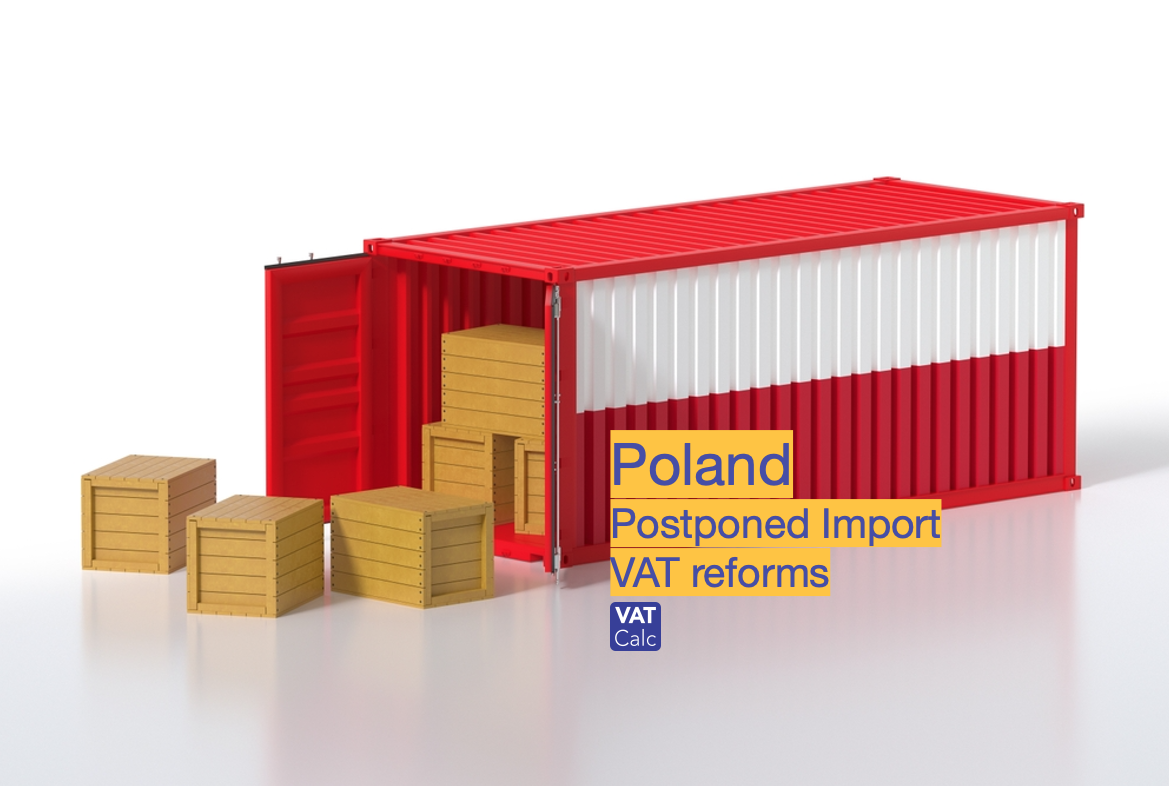This model, similar to Article 23 of the EU VAT Directive, has helped address importer liquidity issues but has faced operational constraints.
Read more in our Polish VAT guide.
To benefit from the current scheme, importers must meet several conditions:
Polish VAT registration
Good tax standing, with no major arrears in taxes or social contributions
Customs authorisation, such as simplified customs procedures or Authorised Economic Operator (AEO) status
Timely compliance with VAT returns, Intrastat, and customs filings
Use of the scheme also requires cooperation with customs agents and tax advisors. Importers must file customs declarations and may need to switch from quarterly to monthly VAT returns.
Proposed changes reflecting competition from other member states
However, Poland’s import VAT deferment model is still more restrictive than those in some other EU countries, where automatic application and fewer conditions are common.
To improve this, the Polish Ministry of Finance has proposed further simplifications, allowing import VAT to be settled either via a customs declaration or a bill of discharge (as per Article 175 of Commission Delegated Regulation (EU) 2015/2446).
Subsequent VAT adjustments to returns
The proposal also updates rules for correcting VAT returns:
Taxpayers currently have 4 months to correct underpaid import VAT
Under the new rules, AEO-certified importers using simplified procedures could correct returns even beyond this 4-month period
In exceptional cases, corrections may be made up to 2 years after goods are released into customs procedures
These proposed changes align with upcoming EU customs law reforms taking effect from 19 June 2025, under which simplified customs declarations will no longer include VAT and duty data. The Polish amendment would apply to goods imported from 18 June 2025 onward and is currently in the early legislative phase.
